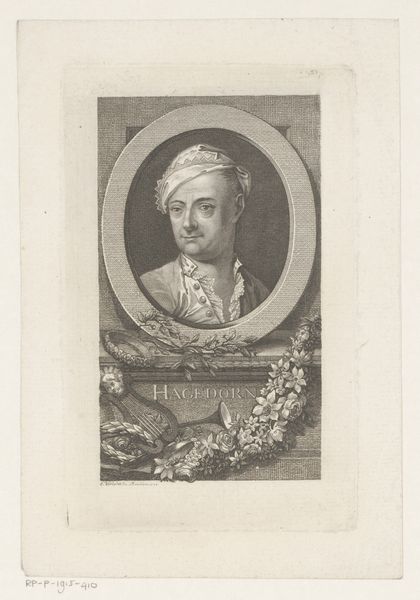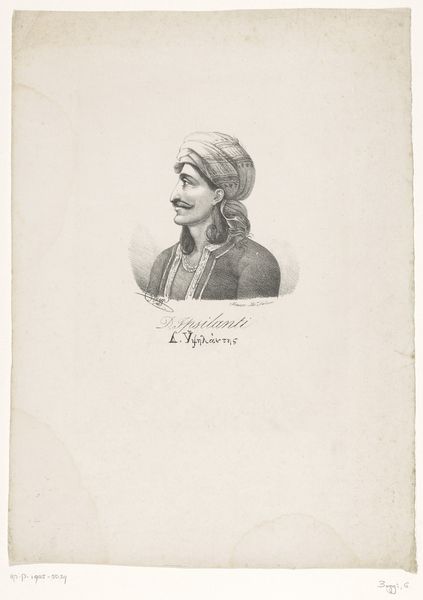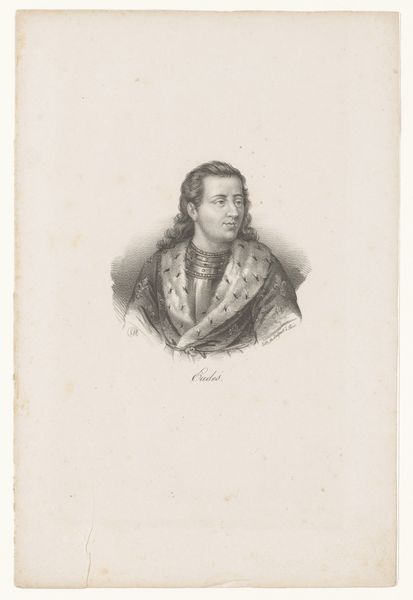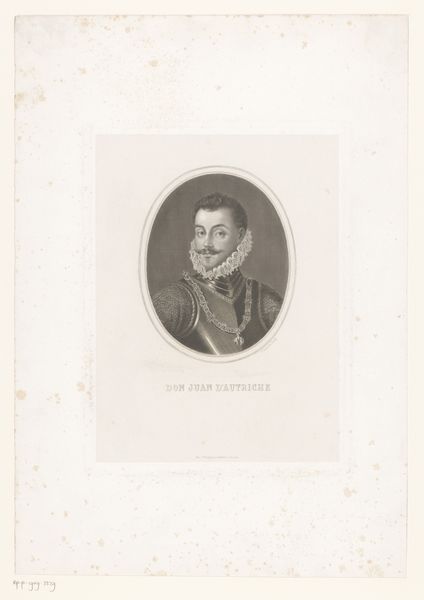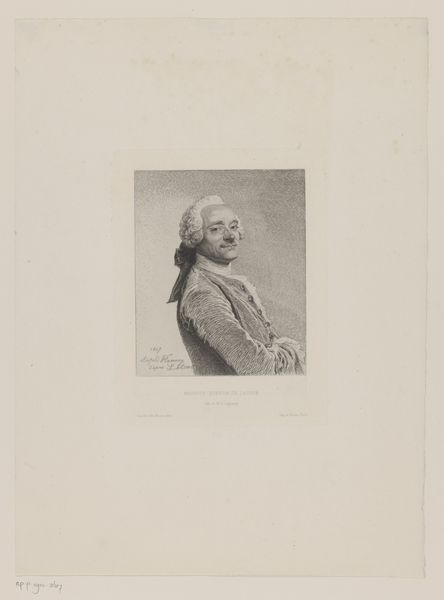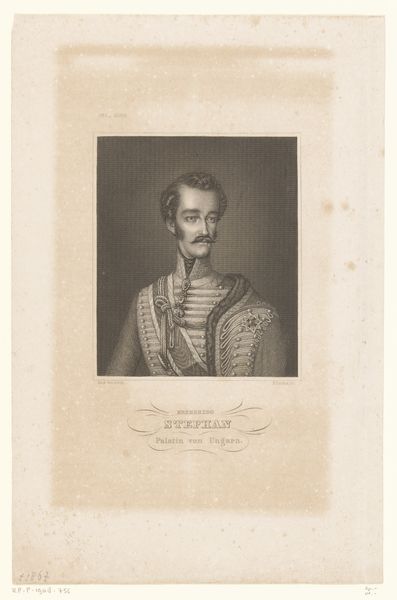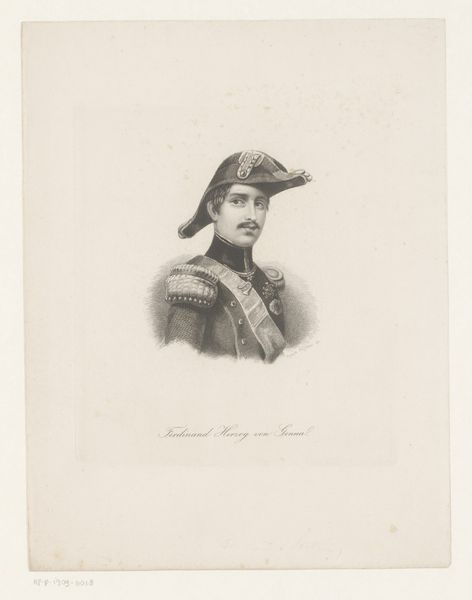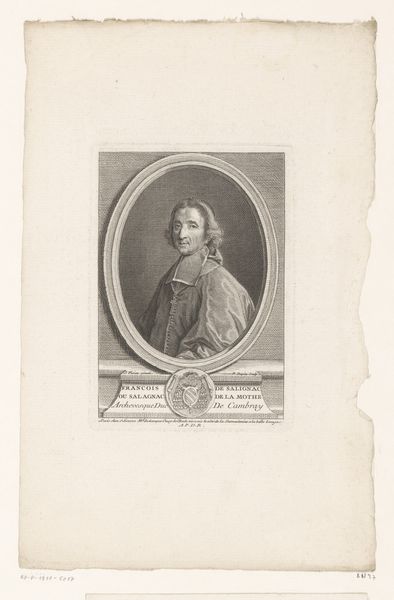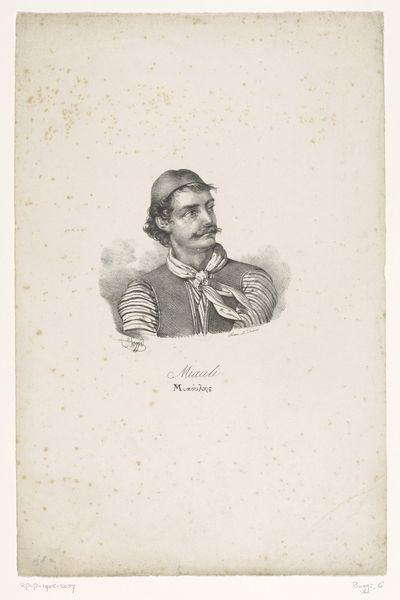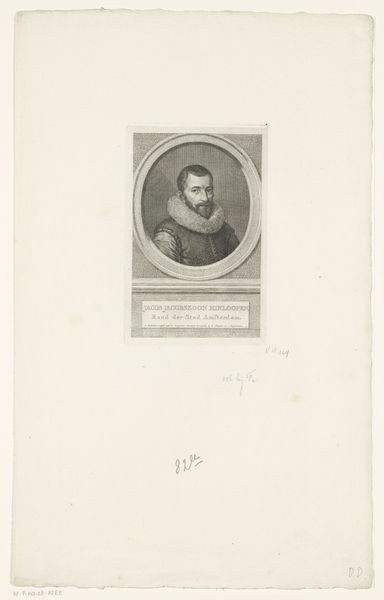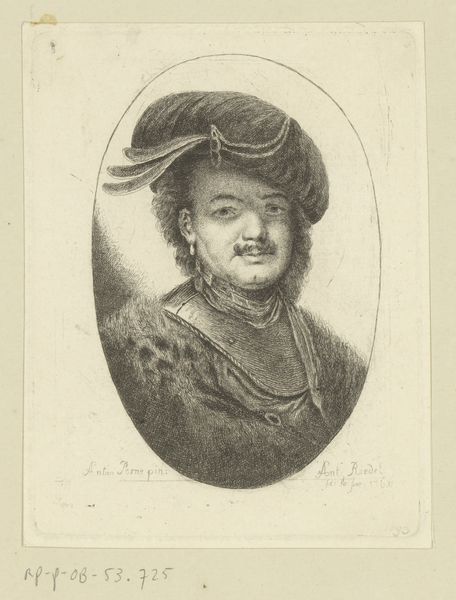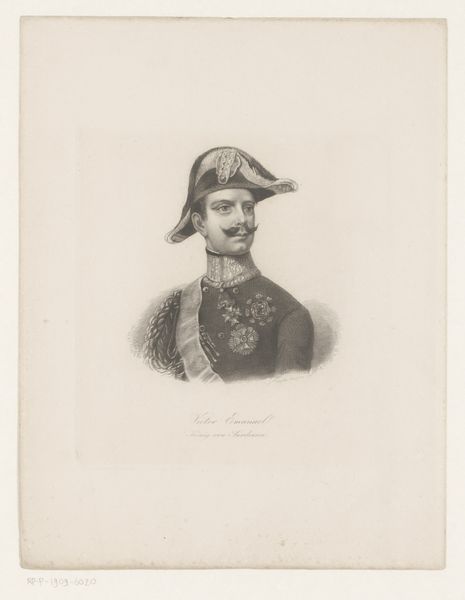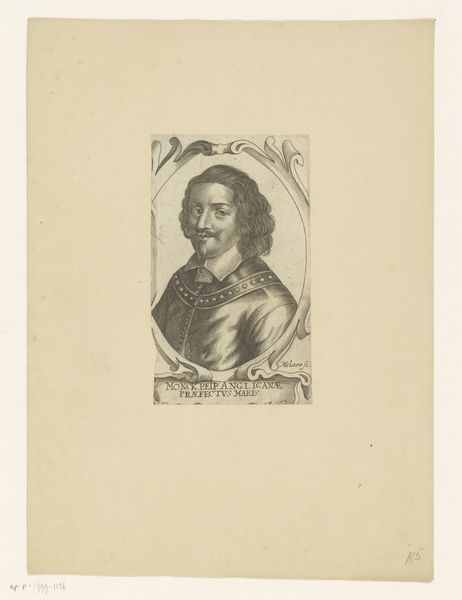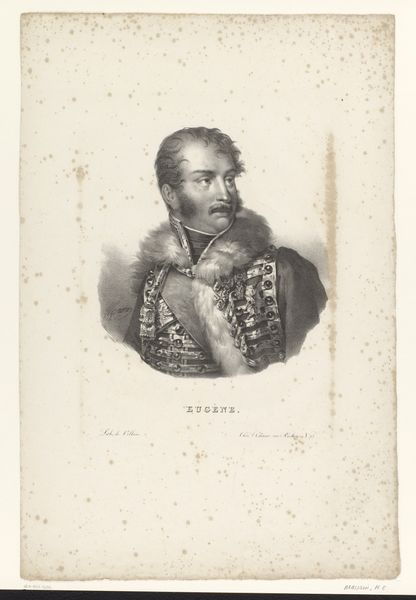
print, pencil, engraving
#
portrait
# print
#
romanticism
#
pencil
#
engraving
Dimensions: height 437 mm, width 196 mm
Copyright: Rijks Museum: Open Domain
Editor: Here we have Giovanni Boggi’s portrait of Staikos Staikopoulos, made sometime between 1780 and 1832. It's a pencil engraving. It has a real sense of…dare I say… brooding romanticism about it. What stands out to you when you look at this work? Curator: You know, it does possess a Byronic air, doesn't it? Makes you wonder what Staikos was dreaming of! For me, the piece whispers tales of revolution. Greece was fighting for its independence during this period. This portrait isn’t just an image; it’s a symbol of the spirit of the uprising. See how Boggi captures the intensity in Staikos’s eyes? And what about his traditional attire? Do you think that signifies anything? Editor: It definitely speaks to a sense of cultural pride, almost like a deliberate statement about identity. A reminder of what they're fighting for? Curator: Exactly! Think about the power of images in galvanizing support for a cause. Boggi's decision to portray Staikos in such a strong, defined way might have served a potent political purpose. The medium itself, an engraving, makes it reproducible, shareable. Like a very early meme. It gives a tangible form to abstract ideals, almost! What do you make of the space surrounding the figure? All that emptiness… Editor: Good question. The empty space focuses the attention so sharply on Staikos. Maybe the artist wanted to make it feel less about his environment and more about the individual and… well, his individual will. Curator: That's a beautiful reading! So much comes to life when you dig beneath the surface, doesn’t it? I certainly look at this artwork through very different eyes now! Editor: Agreed! Seeing it as a call to action rather than just a portrait completely shifts the meaning.
Comments
No comments
Be the first to comment and join the conversation on the ultimate creative platform.
